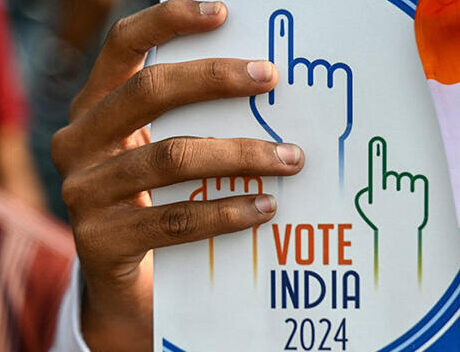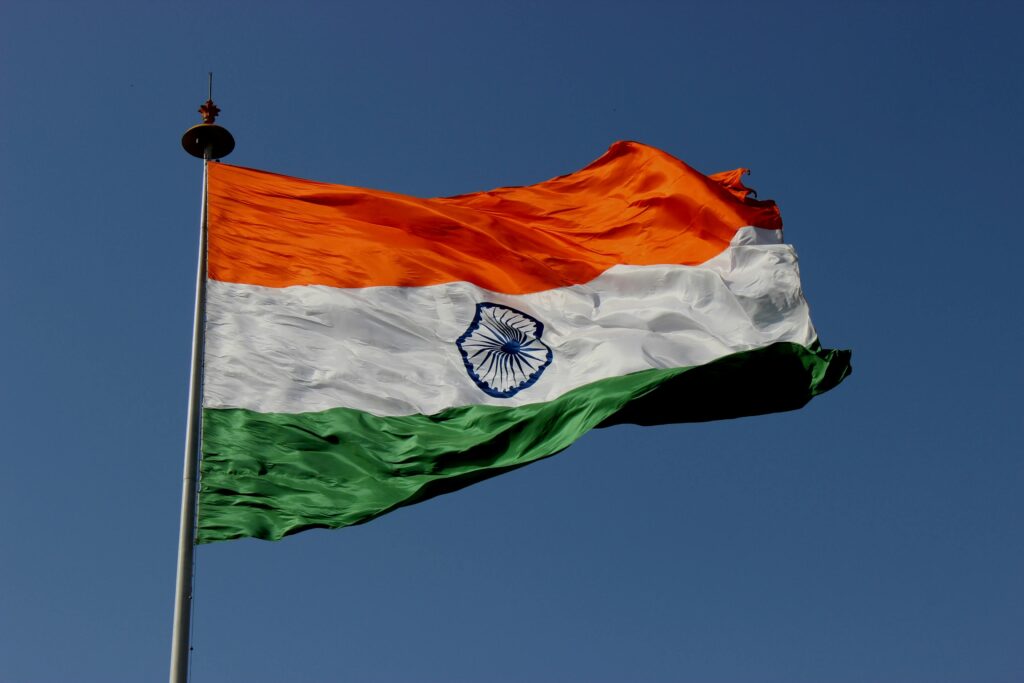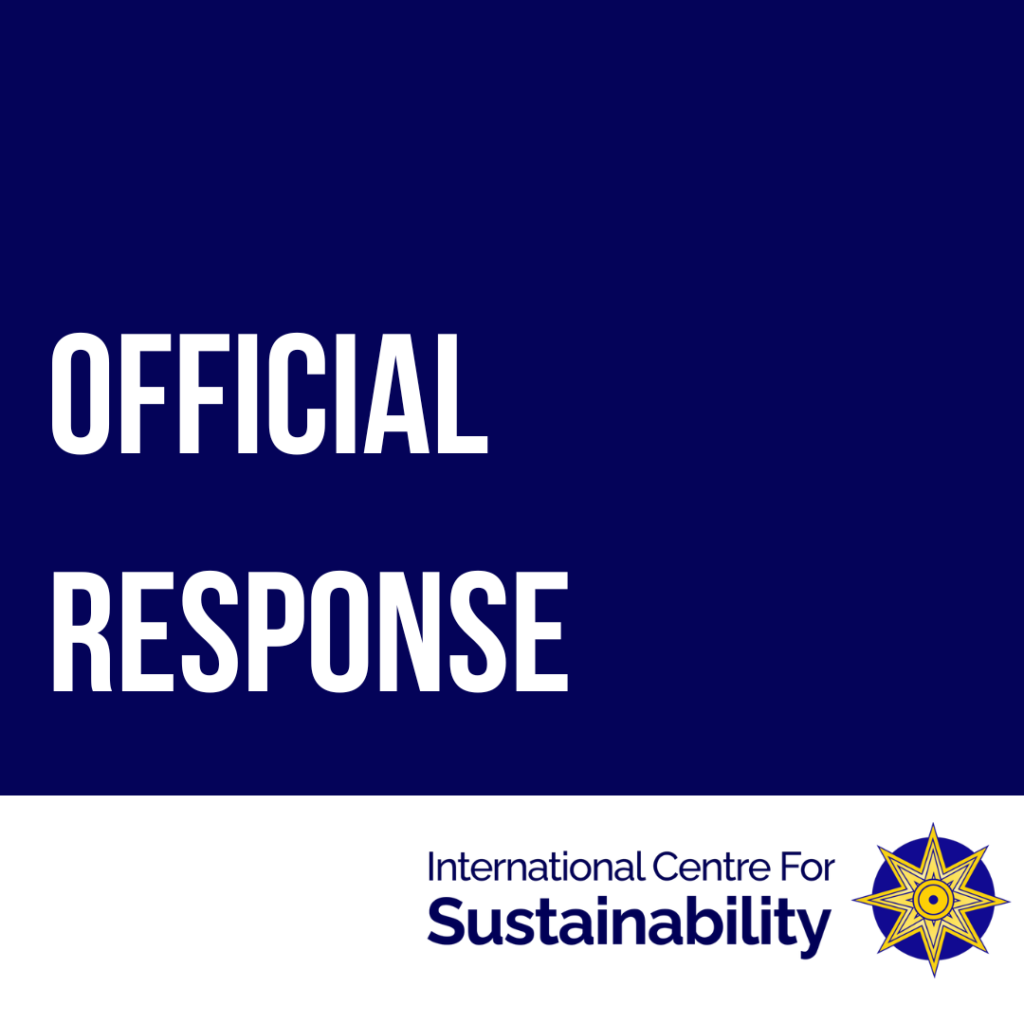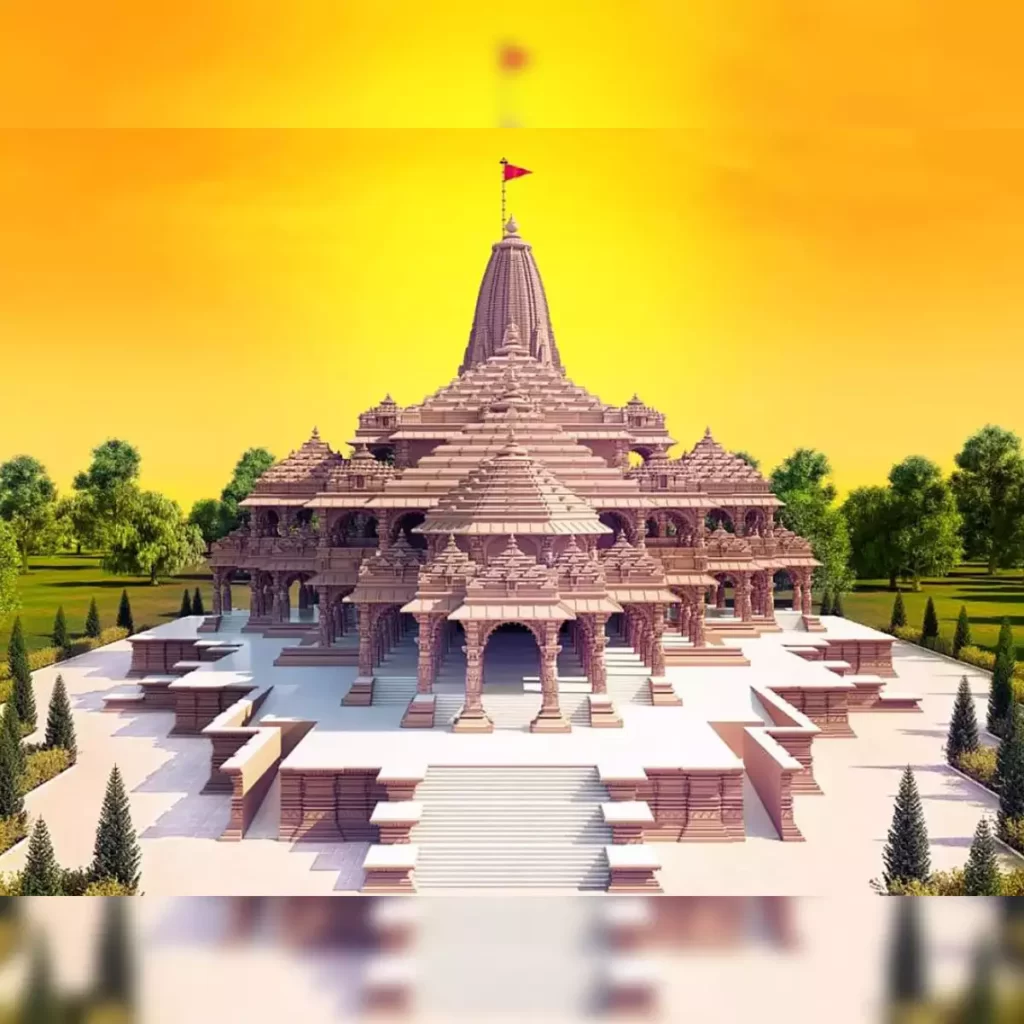Getting almost a billion voters to the polls: a look inside the 2024 Indian Elections
With national elections having begun in India, this article shines a light on the complexities of organising an election for almost one billion voters, including the voting phases, access to poll booths and whether India’s electronic voting systems ensure a free and fair contest. It is co-written by a constitutional law academic from the UK and a trained lawyer from India with expertise on elections. In recent weeks, just under 50m voters in the UK have had poll cards pushed through their letterboxes, informing them of their nearest polling station for the upcoming local and mayoral elections. On 2 May 2024, they will head to the appointed place – usually a local sports club, community hall or other public building – mark a slip of paper with a pencil cross and cast it into the maw of a black plastic box. On the other side of the world, nearly 20 times this number have begun voting in the 2024 Indian parliamentary elections, the largest electoral exercise on this planet. But how in practice does a country like India get a billion voters to the polls, and how does voting take place? The most obvious feature of the 2024 Indian elections is that – for reasons of practicality, more than anything else – they do not take place on one day: the General Election 2024 schedule published by India’s Election Commission indicates seven ‘phases’ taking place in consecutive weeks from Friday 19 April 2024 through to Saturday 1 June 2024. In 22 of India’s 28 states and 8 Union Territories, including Gujarat (26 constituencies) and Tamil Nadu (39 constituencies), there is one polling date for the entire state; in Bihar, West Bengal and Uttar Pradesh, voting is spread across all seven weeks. Holding elections across multiple phases has been a consistent feature across all Indian parliamentary elections since India gained independence in 1947, and is mirrored to some extent in the primaries for the US presidential elections. A second aspect of the logistical problem presented by the Indian parliamentary elections is ensuring access to polling booths. India’s electoral rules state that there should be a polling station for every 1500 voters, and no voter should be made to travel for more than 2km to cast their votes. Voting in India has also long transcended the pencil and paper approach of the UK. After a series of pilot tests, Electronic Voting Machines (EVMs) have replaced paper ballots throughout India since 2001, and after testing in several assembly elections, the ‘Voter Verifiable Paper Audit Trail (VVPAT)’ mechanism was added to the EVM from the 2019 General Election. What happens on polling day? After security checks at the entrance of the polling station, voters face an ID check. A permanent ink mark is put on their finger (to show they have voted), and they are directed to the ballot unit which is protected by a screen to ensure confidentiality. The ballot unit usually has 16 buttons, each representing a candidate and their political party (if more than 16 candidates are running, then multiple ballot units are installed). Voters press a button on the ballot unit to cast their vote. The VVPAT machine then prints a slip showing the serial number, candidate name and party symbol selected by the voter. This is displayed in a glass window for 7 seconds to enable voters to verify their choices, completing the voting process. According to the Election Commission, EVM units cannot be connected to any input source or third-party machines, ensuring their independence. EVMs also have a mechanism (the Unauthorised Access Detection Mechanism) that disables the machine immediately if anyone tries to tamper with it. Before each election in which they are used, all machines are tested, and a mock poll is conducted on 5% of the machines randomly selected by representatives of recognised political parties. Research by the Brookings Institute suggests that EVMs have successfully contributed to the health of Indian democracy in three ways. First, EVMs have reduced electoral fraud. Because they control the rate of voting (four votes per minute), political party officials cannot physically ‘capture’ booths and rig the vote by filling boxes with paper ballots, and the presiding officer can close voting if issues arise. Second, EVMs improve electoral competition by reducing the vote shares of both incumbent and winning parties, an observation corroborated in more recently published research. Third, EVMs make it easier for marginalised groups to vote, as paper ballots can be a barrier to those who are illiterate or who have received less formal education. The study also indicates benefits in relation to efficiency, a vital consideration given the size of India’s electorate. On 26 April 2024, the Supreme Court of India dismissed a petition urging either a return to full paper balloting, or that all VVPAT slips should be counted, describing in some detail the safeguards within the system. This reinforces earlier cases in which the Court upheld the credibility of the system, including another judgment earlier in 2024, and cases in 2017, 2018 and 2019. The behemoth that is the Indian parliamentary elections will continue to rumble on for the next six weeks, its great silver voting machines zig-zagging their way across the vast expanses of the country. It is not until 4 June 2024, when all the votes have been counted and the results are announced, that the impact of the planet’s largest electoral exercise will be revealed to the world. Co-written by Pravar Petkar and Nitish Rai Parwani.
Getting almost a billion voters to the polls: a look inside the 2024 Indian Elections Read More »







